| TALES OF HEATH & POND |
VISITOR'S GUEST BOOK | HISTORY OF THE HEATH & POND | GUESTS' PHOTOGRAPHS | SOURCES OF INFORMATION | VIDEOS | SITE MAP |
Field Fair
There has been some controversy about this bird: is it a Field Fair or a Thrush or Mistle Thrush - please let me have your opinion!
To see a larger copy of each image click on it; to see the next large image click at the right of the image, to go back click on the left of the image. To close a large image click on the cross in the top right hand corner.
New photographs are usually added to the bottom of the page - click to go to the bottom of this page
2020 |
||
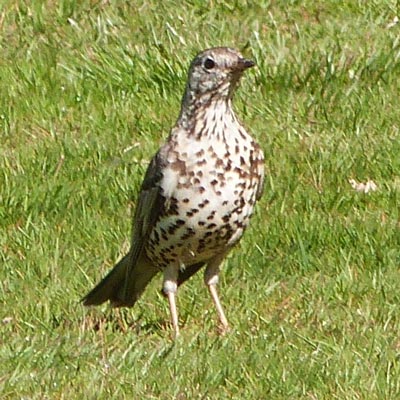 |
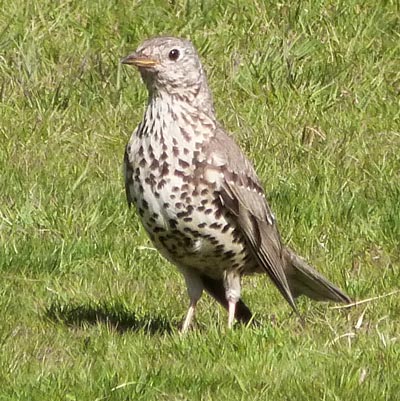 |
|
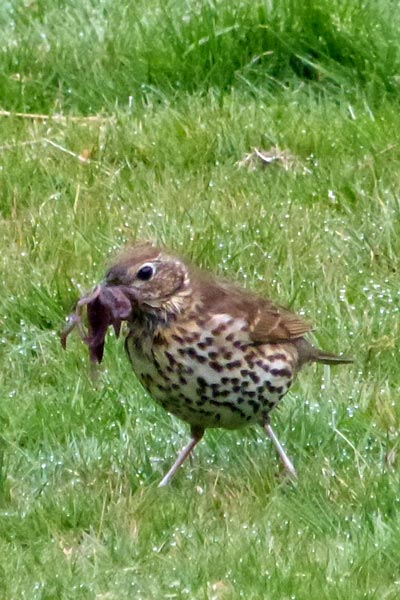 |
 At 26-29cm, the Mistle Thrush is one of the larger thrushes, being slightly larger than a Blackbird and noticeably larger than the Song Thrush. As well as its larger size, the Mistle Thrush often appears more plump-bellied than its smaller relative and it has a proportionally longer tail. When on the ground, the Mistle Thrush often adopts an upright stance that further emphasises its size.
At 26-29cm, the Mistle Thrush is one of the larger thrushes, being slightly larger than a Blackbird and noticeably larger than the Song Thrush. As well as its larger size, the Mistle Thrush often appears more plump-bellied than its smaller relative and it has a proportionally longer tail. When on the ground, the Mistle Thrush often adopts an upright stance that further emphasises its size.Mistle Thrushes can utter a series of harsh chattering notes (a rattling call), particularly when alarmed or disturbed. The loud song consists of a series of short phrases, rich in nature and of a tonal quality similar to the blackbird. This song is usually delivered from a high perch and is characteristic of early spring or even late winter, often in strong winds, hence its country name ‘Storm Cock’. Mistle Thrush nests are large and untidy, sometimes including odd materials such as waste paper and plastic. Many nests are built in late February, with a typical site in woodland being 30ft up on the top of a snapped-off tree. The nests can be very well concealed and each has a mud layer sandwiched between the ragged outside finish and the ample inside lining of fine grasses. One of the most interesting behaviours displayed by Mistle Thrushes in gardens is resource guarding. This is when one or sometimes two birds defend a food source, such as a holly or yew. This is defended against all-comers, the vigilant bird trying to ensure that food resources are maintained for itself throughout the winter. It has been shown that resource guarding birds have bigger and earlier clutches than birds that do not do it |
|
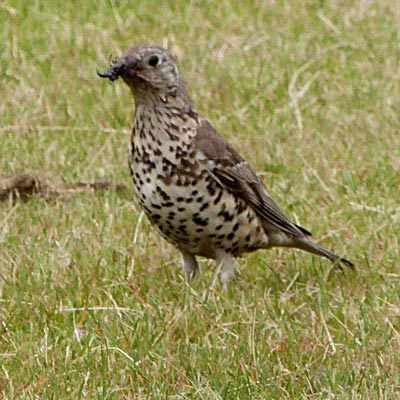 |
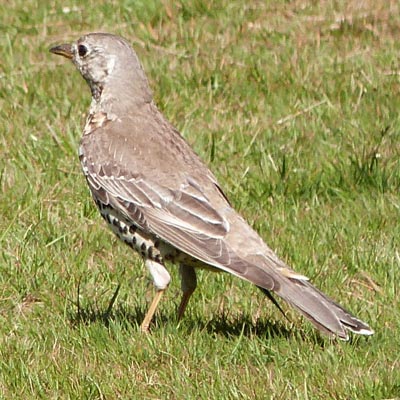 |
|
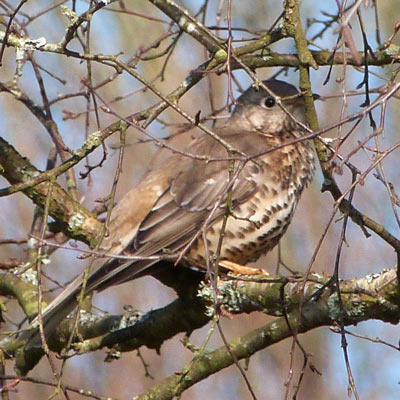 |
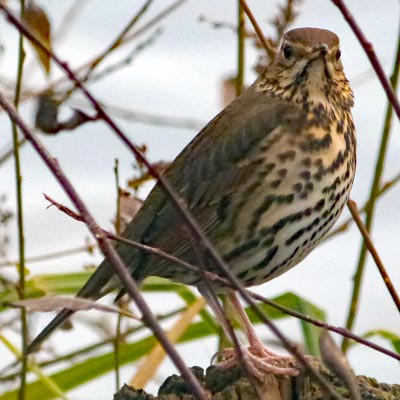 |
|
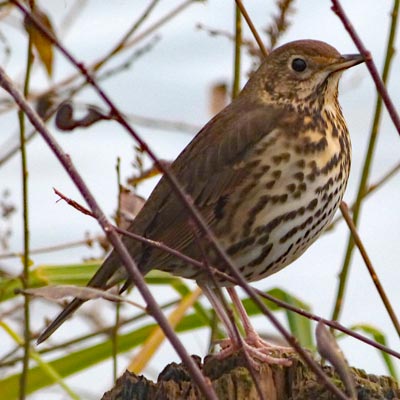 |
||
2021 |
||
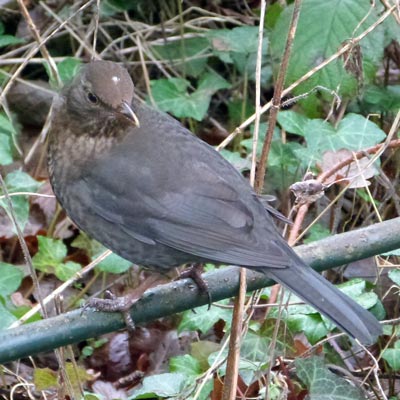 |
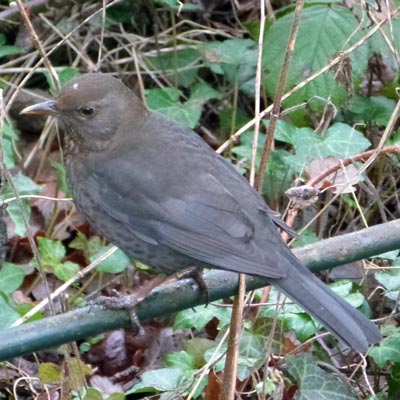 |
|
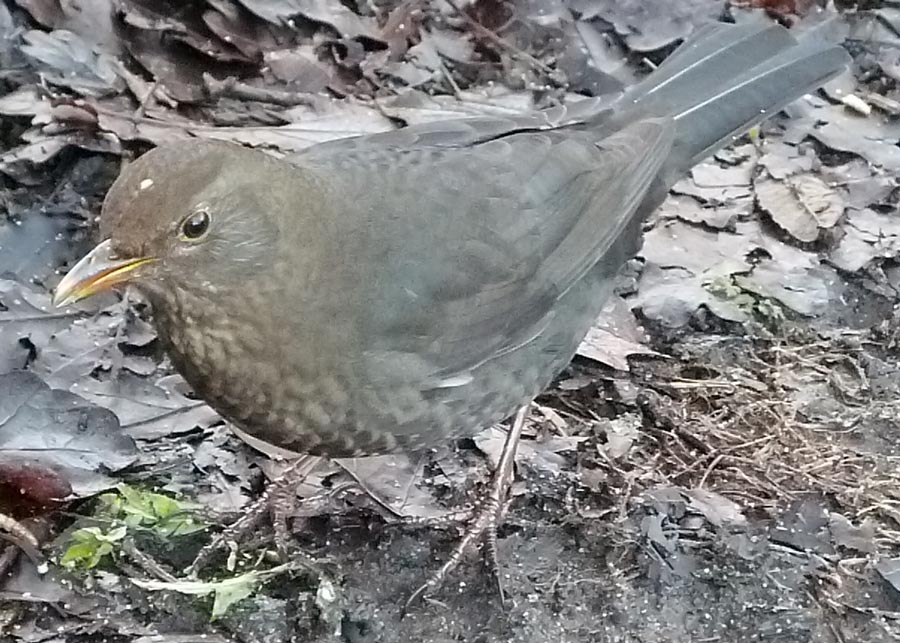 |
||
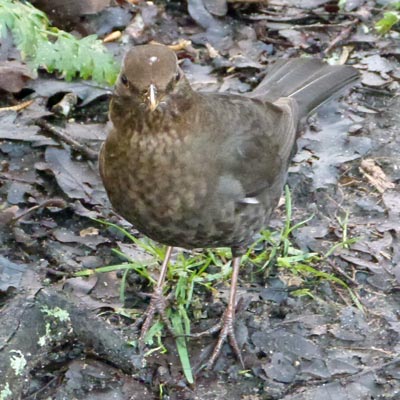 |
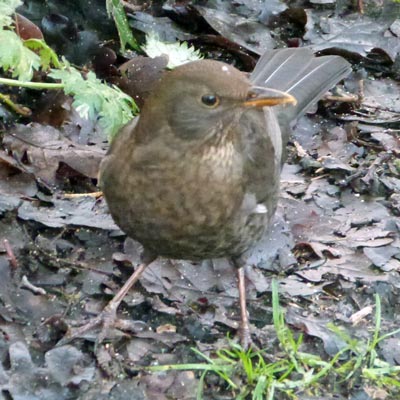 |
|
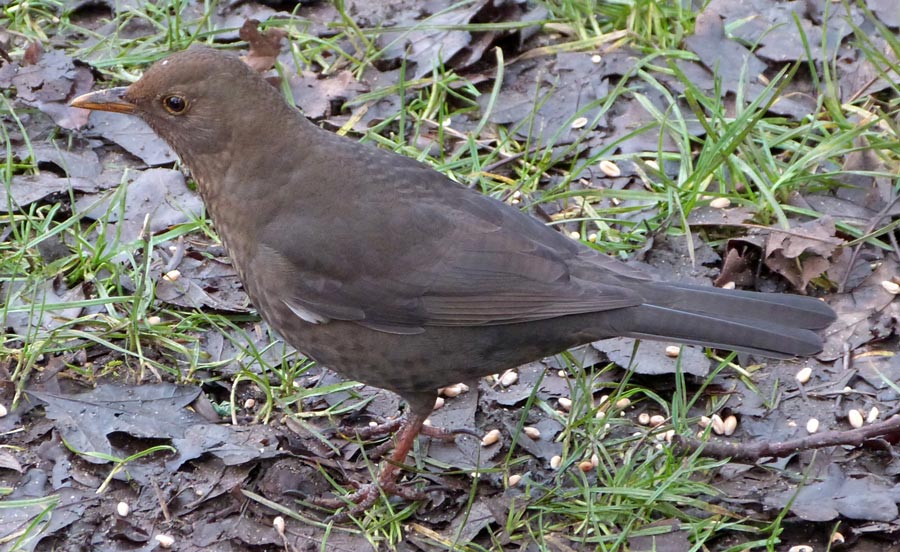 |
||
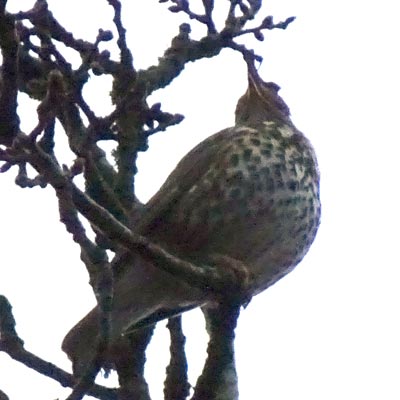 |
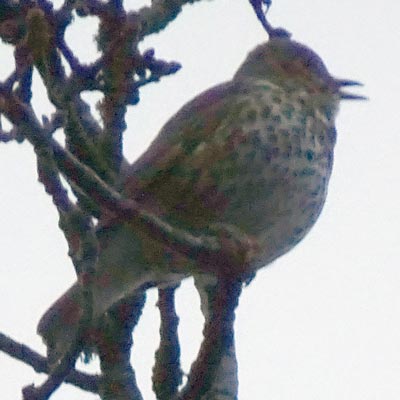 |
|
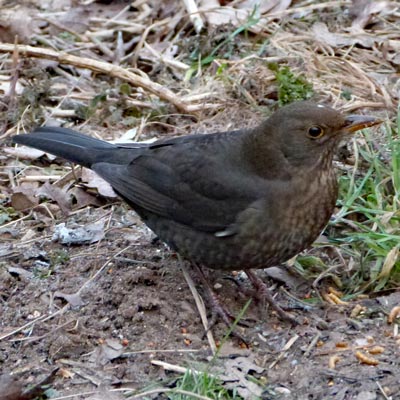 |
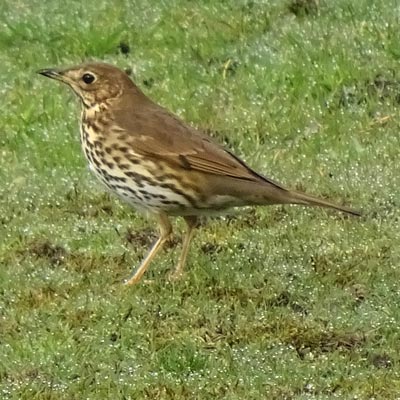 |
|
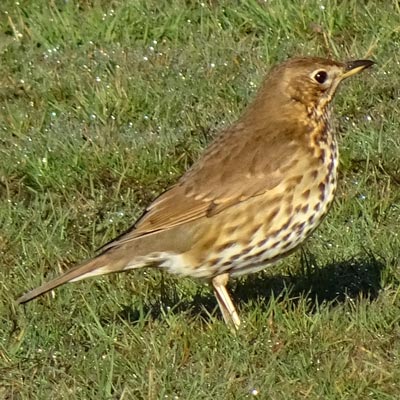 |
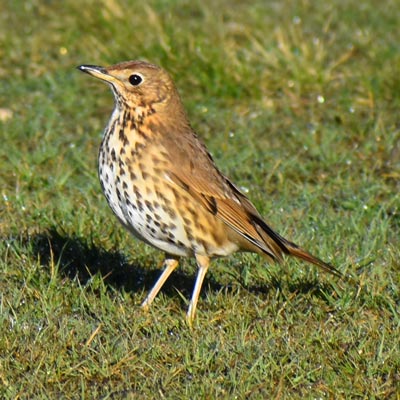 |
|
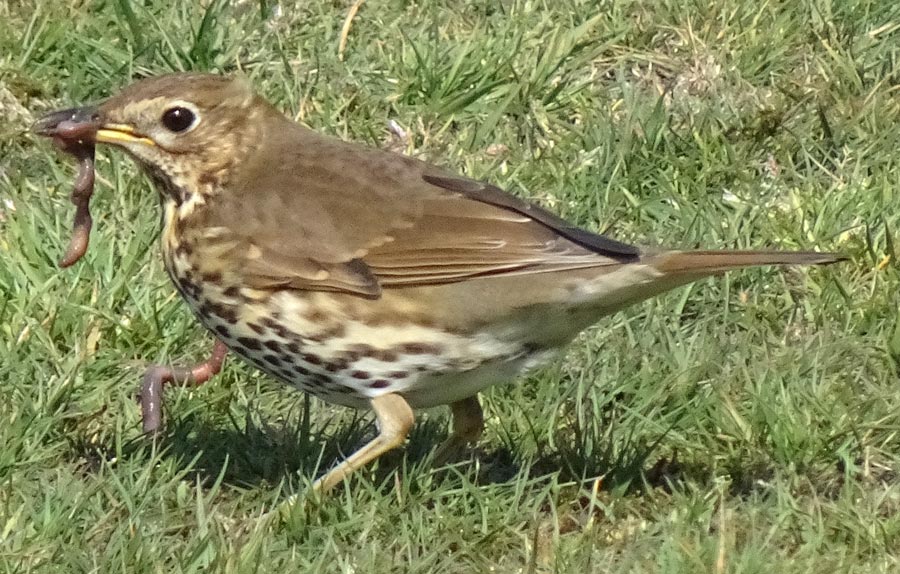 |
||
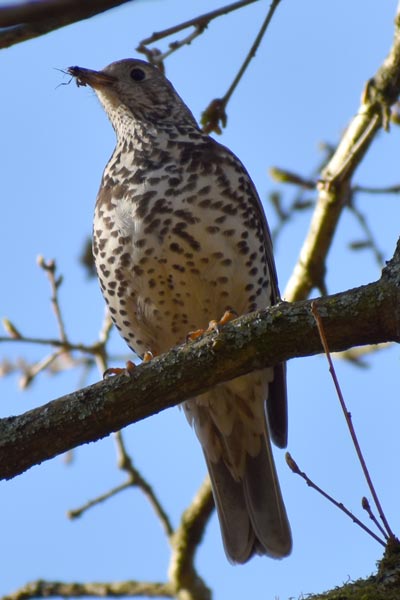 |
||
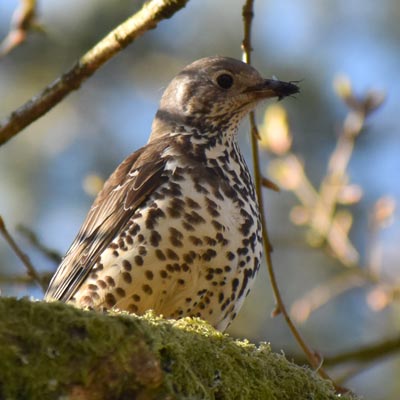 |
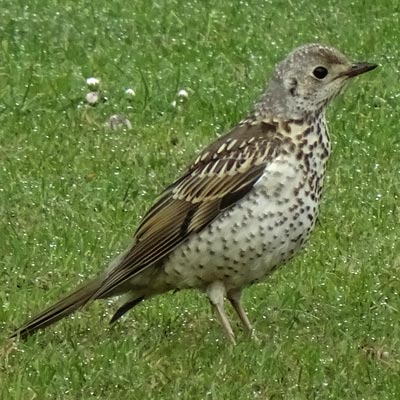 |
|
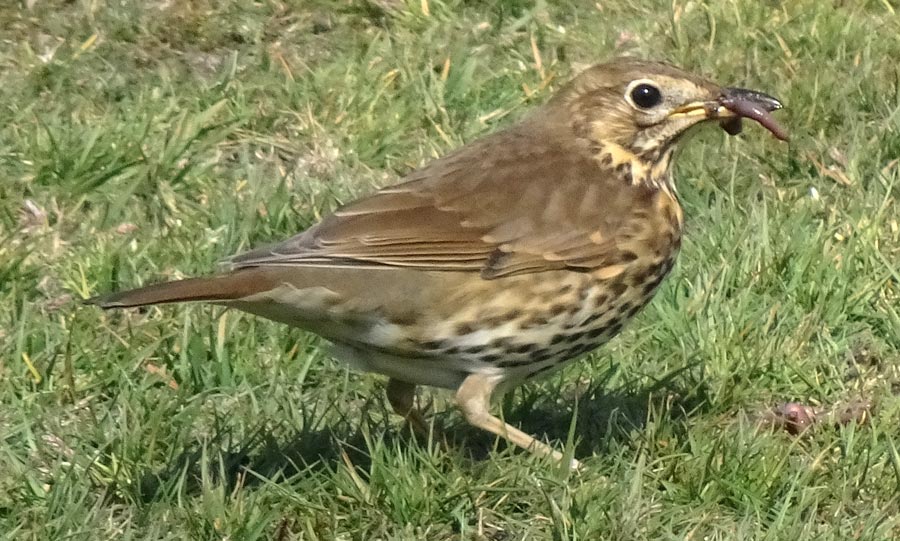 |
||
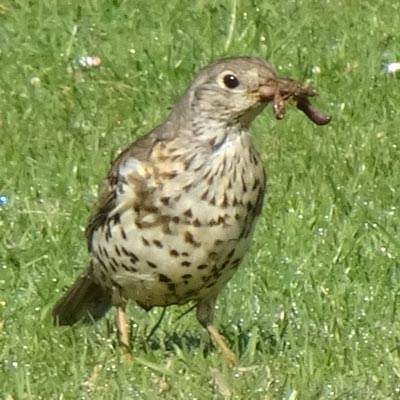 |
||
| Go to the top of this page | ||